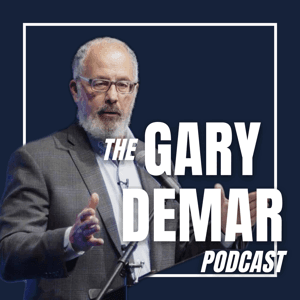Welcome to our series answering your questions and responding to some of your comments. We’ve been saving these up and over the next few weeks, we’ll address a number of them. We’ve decided to do these in individual episodes, so if you’re not interested in the topic, you can just skip it and listen to the ones that matter to you. As a result, these are each significantly shorter than our typical Off Script episodes.
First up is a statement someone made on an old episode. In Off Script 16: Christians Discussing Politics, we cited John Zmirak’s comment that he made on Unbelievable, a Christian talk radio show in London, as an example of inappropriate Christian discourse. Zimrak said,
I would vote for a dead moose strapped to the hood of a car in order to stop Hillary Clinton or really any of the Democrats in America because their policies are fundamentally incompatible with Christianity and really just with human decency.
This episode responds to the following comment by Levi:
A dead moose would in fact be less threatening to freedom of religion, the lives of the unborn, the sexual purity of our young people, etc etc etc. The left is an atheistic, perverted agenda and the Truth is, the Facts are such that no disciple of Christ should ever countenance no less support their godless agenda.




































